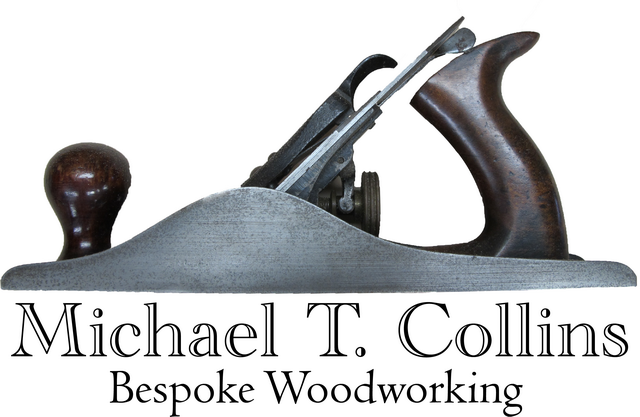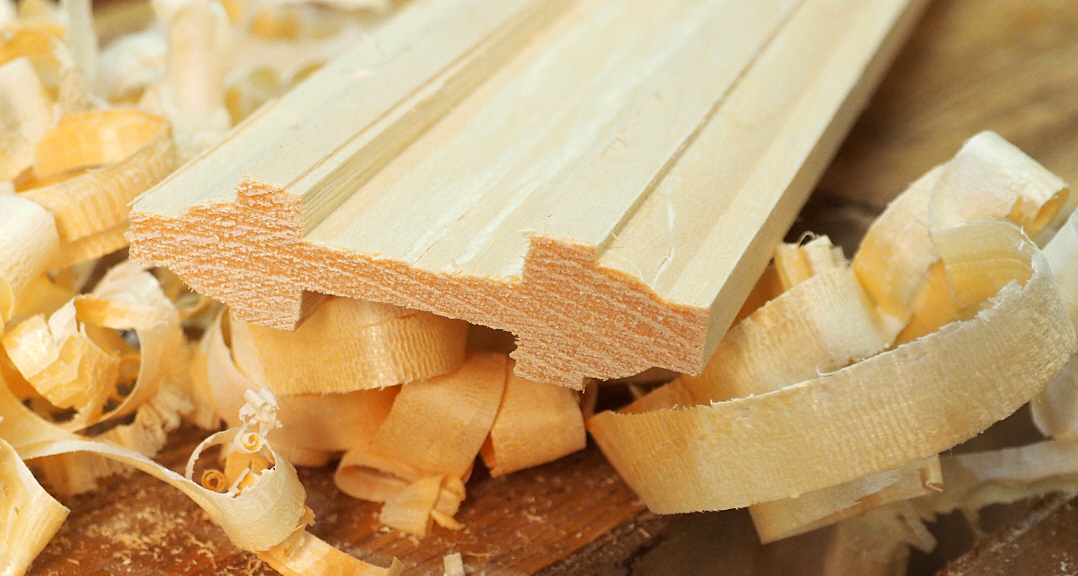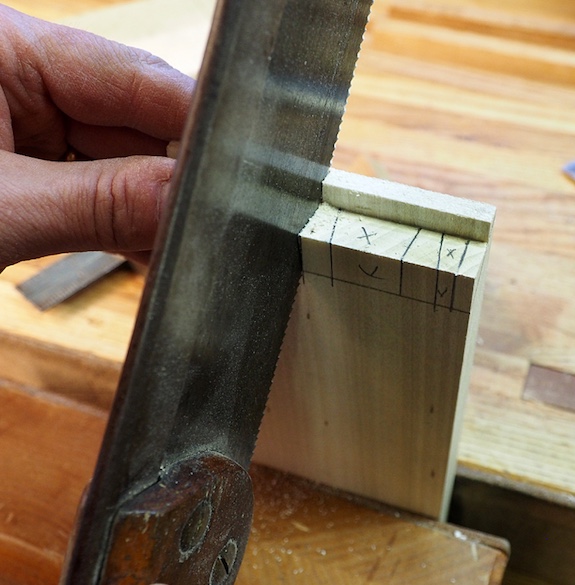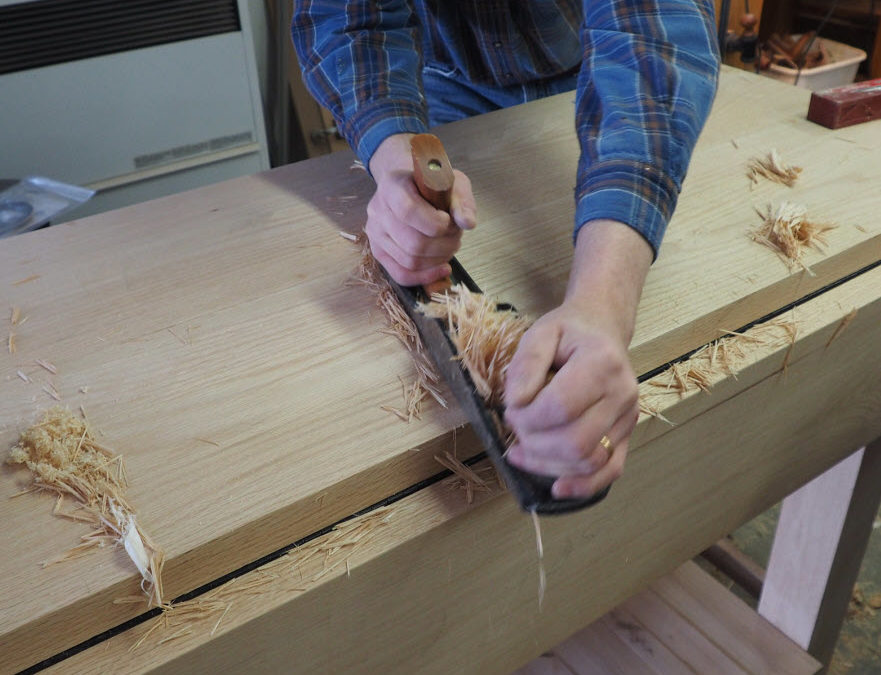
When I was growing up, we always ate our meals at the Ercol Trestle table, it was where the family gathered, conversations and the hot topic of the day were discussed, stories and jokes were told, meals were eaten, and my mother could keep an eye on us while doing our homework; clothes were made on that table, and board games and jigsaws were puzzled over. Everything revolved around that kitchen table
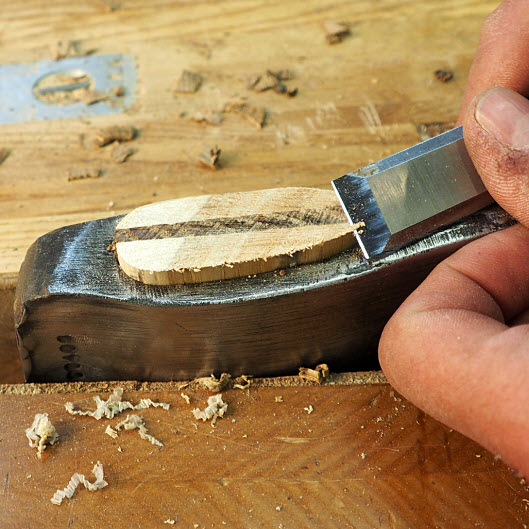
Humans have been using handheld, rudimentary stone implements for some 2.5 million years, but it wasn’t until around 11,000 years ago that humans began to develop their tool production skills. Instead of simple, cone shaped chipped stones, tools became highly polished axe shaped implements, ideal for a hunter-gatherer life style. This was the beginning of the Stone Age, the period in human history that marks the advent of tool production. The name comes from the fact that most of the period’s cutting tools are made from stone.
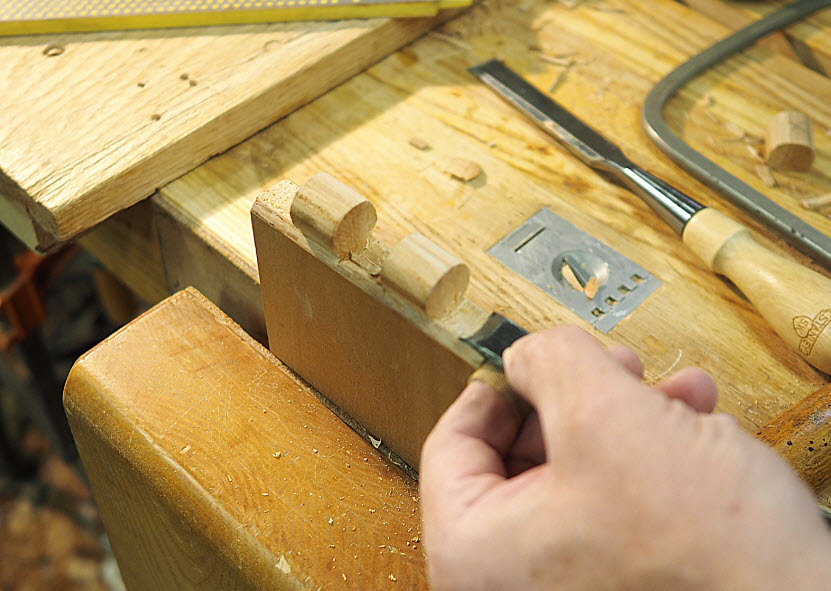
Recently I restored a beautiful drop leaf cherry table.
Most of it was intact and needed only a little restoration, but one element that really needed some help was the wooden hinge joint that had broken over its many years of use. The knuckle hinge allows the support legs to swing out so the loose leaf can then rest on top.
The knuckle joint in Fig. 1 is quite unique, in this article I will take you through the steps to make a more traditional hinge joint.
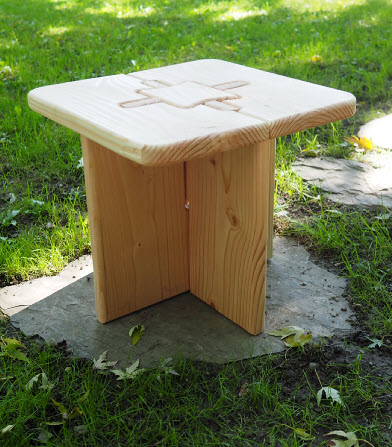
Several weeks ago, a friend of mine – knowing my obsession with all things wood – said “I have a puzzle table I think you’d like”. As a child growing up we were constantly doing jigsaw puzzles and it generally involved taking over the kitchen table for several days and having to eat in the living room.

